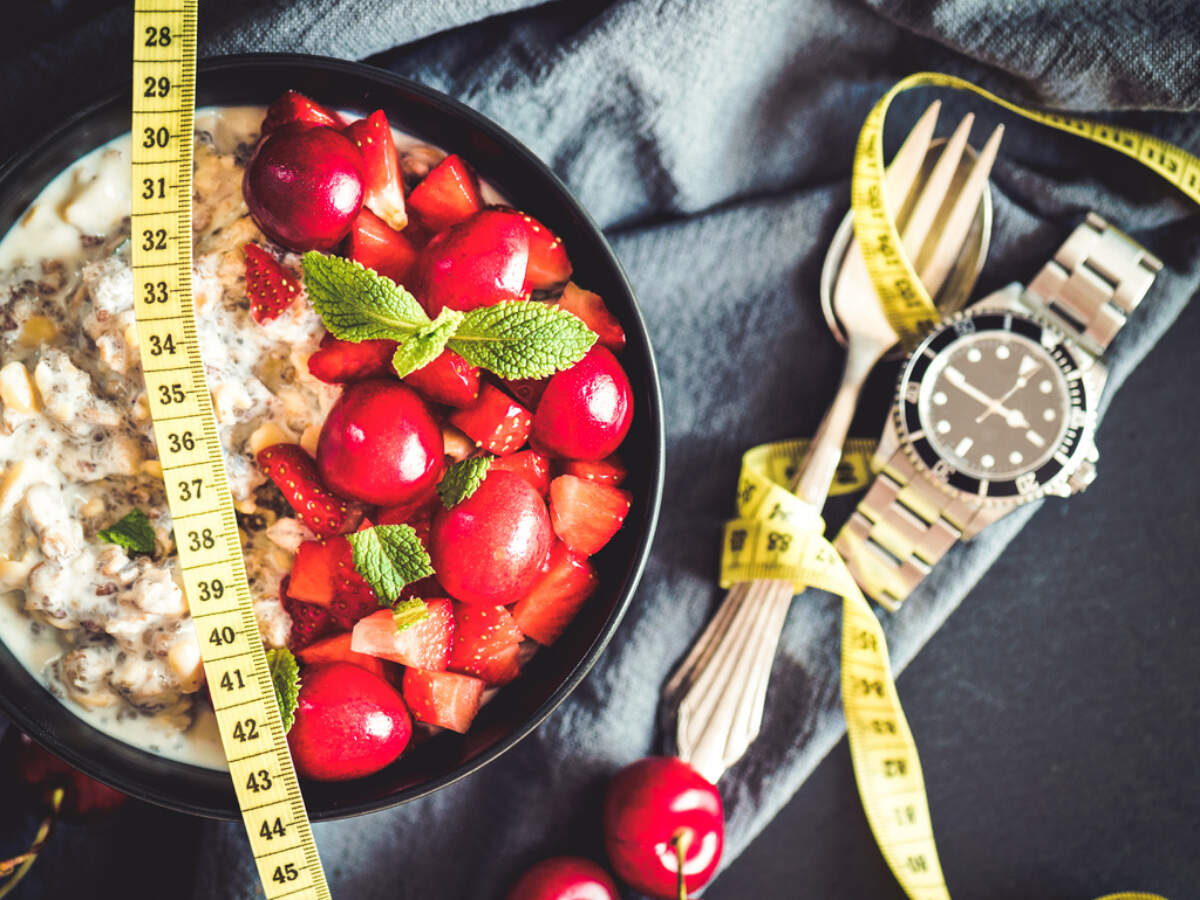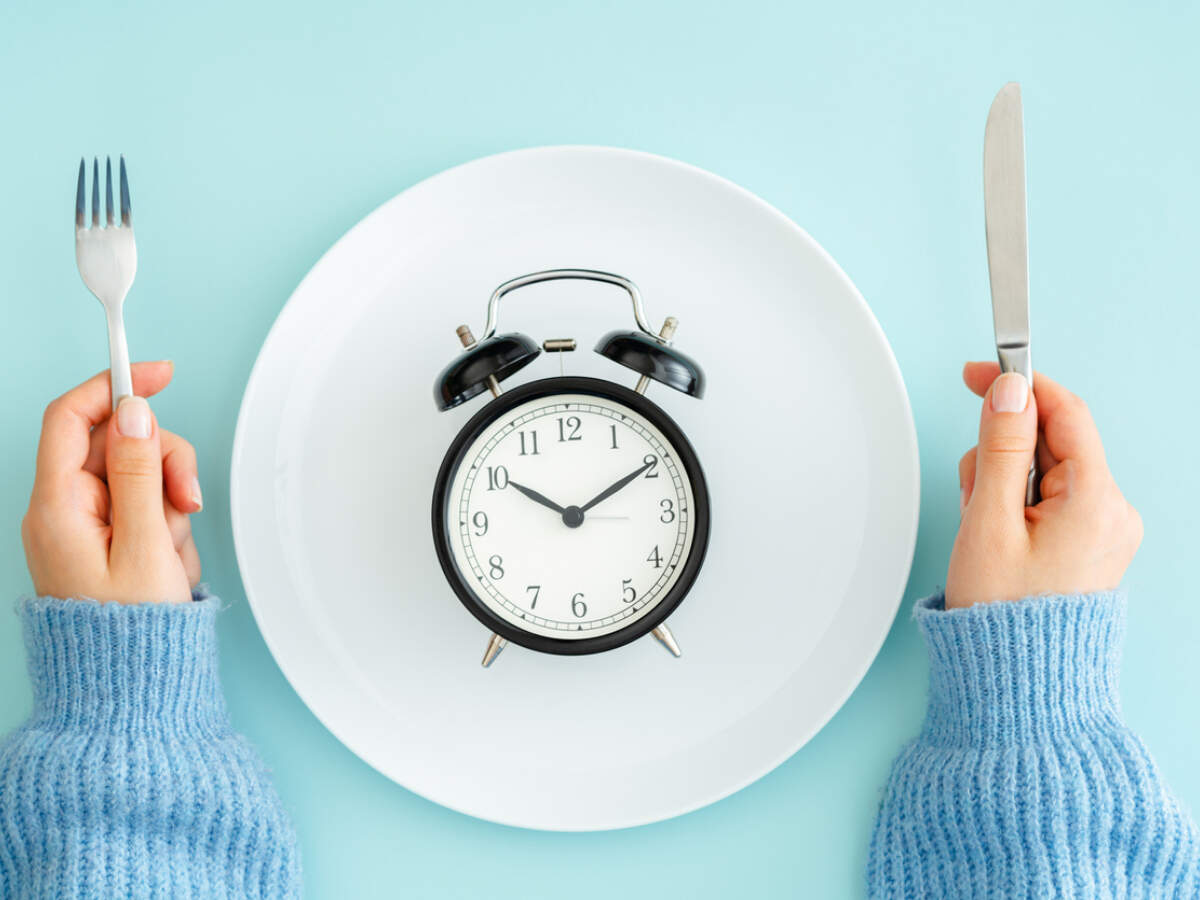- Alternate day fasting schedule
Also called as every-other-day dieting, the fasting schedule normally alternates four days of calorie restriction (500 for women and 600 for men), with eating freely for three days. The schedule sounds like a feast, fast, feast, fast, feast and so on.
Foods to eat and drink on fasting days
The calorie restriction for fast days is 500-600 along with which you can have as many zero-calorie beverages as you want. Zero calorie beverages include, coconut water, cucumber drink, green tea, ginger tea, turmeric tea.
One should aim for 50 grams of protein and some low-calorie veggies like a salad with grilled chicken to feel fuller for longer.
If you are a vegetarian, a cup lentil can provide you with 18 grams of protein. As a rule of thumb, per gram protein provides you with four calories.
Foods to eat on non-fasting days
On non-fasting days, one can eat whatever they want. Studies have found that people who follow alternate day fasting, do not eat too many calories on fasting days. A comparison study found that people following alternate day fasting only consumed 10 per cent more calories on non-fasting days.
Benefits
Studies have found that alternate-day fasting can make one lose 4.5 to 6 kilos of weight in three months, which is more than what’s seen with other intermittent fasting regimens that limit eating periods to a certain window each day.
The fasting methods had also shown reductions in blood pressure and insulin resistance. It also promotes autophagy, a deep cellular clean up, which allows the body to get rid of old, damaged cells and replaces them with new ones.
Drawbacks
The diet is not easy to follow. In a study published in 2017 JAMA Internal Medicine, 38 per cent of the alternate-day fasters dropped out, compared to 29 per cent of the regular dieters who restricted calories. People who were fasting gained control over their hunger in 10 days and started feeling energetic on fast days.

5:2 fasting method is a popular version of alternate-day fasting. This method involves two days of calorie restriction and five days of eating freely. You can choose which two days of the week you want to fast. The calorie restriction is the same, 500 for women and 600 for men.
Make sure not to fast on two consecutive days.
Foods to eat on fasting days
Make sure to eat at least 50 grams of protein per day. Also, when you fast, drink lots of water to prevent dehydration. It is suggested to eat one big meal at the end of the day and have lesser calorie intake throughout the day.
Foods to eat on non-fasting days
It is said that healthier the choices, the greater are the benefits. Restrict your intake of processed foods and include more fruits, vegetables, whole grains and lean protein.
Benefits
This method of fasting is less extreme and the weight loss is similar to the above method. If you find alternate day method too tough, you can try the 5:2 method as it seems to have similar benefits as alternate-day fasting.
According to a study published in 2018 in the British Journal of Nutrition, the researchers compared the effect of 5:2 diet with a calorie-restricted diet. It was found that people who followed 5:2 diet, cleaned dangerous blood fats, triglycerides more effectively than people who followed a calorie-restricted diet and didn’t fast.
People with high triglyceride levels are at risk of heart attack and stroke. The method also showed a reduction in systolic blood pressure.
Drawbacks

The 5:2 fasting method can also be tough for some people to follow. If you don’t diet carefully, you can feel dehydrated and may feel less energetic on fasting days.
The fasting method is based on a popular book by Brad Pilon. The stop-eat-stop method wants 24-hour fasting once or twice a week, which means extending over overnight fast by 12 hours. In this method, you go without any meal for 24 hours for two days a week.
Foods to eat on fast days
You can have as much water and zero-calorie beverages you want on fasting days and nothing else.
Foods to eat on non-fasting days
On non-fasting days, you can eat what you like. Eating healthy foods is encouraged.
Benefits
People who have tried all the methods of fasting say this method is easier to comply with than alternate-day fasting and produces similar benefits in terms of weight loss.
Drawbacks
Just like other methods, it can lead to dehydration if not followed carefully.

This is an extreme method of fasting also called zero-calorie alternate-day fasting. The method involves 36 hours of zero-calorie fasting followed by 12 hours of unlimited eating.
You eat breakfast when you get up and then other meals within 12 hours followed by 36 hours of fasting.
The plan has to be followed for the entire week.
Foods to eat on fasting days
You can drink zero-calorie beverages and a lot of water. You can also take electrolyte supplements to prevent the consequences of electrolyte imbalance, paid heart rate, headache and sometimes even seizures.
Foods to eat on non-fasting days
There is no restriction, but the healthier choices you make, the greater will be the benefits.
Benefits
A 2019 study published in Cell Metabolism showed that 36:12 fasters consumed 35 per cent less calories and lost around 3.6 kilos in a month. These fasters could even burn fat on feasting day. They showed a decrease in cholesterol, belly fat, inflammation and other positive changes.
Drawbacks
The fasting method can lead to dehydration, fatigue and even fainting.
- Extended 48 and 72 hour fasting period
This method is an extended form of intermittent fasting. It involves consuming zero calories for two days and eating a regular diet for the next five days. This fasting method is water fasting and can be risky.
Foods you can eat on fasting days
Only zero-calorie beverages and water can be consumed.
Foods to eat on non-fasting days
It is suggested to eat whole-plant based foods over processed foods. Consumption of fresh fruits and vegetables is also encouraged. It is said that once the fast is over, drink juice, introduce solid foods gradually.
Benefits
You will surely lose weight on this diet plan as you are cutting back on calories. Water fasting for 72 hours before chemotherapy to treat cancer can reduce some of the side effects by protecting normal cells, says a study published in 2016 in BMC Cancer.
Researches also say that the diet benefits people with high bp, diabetes, epilepsy and many other diseases.
Drawbacks
The diet is an extreme one and should be followed only under expert supervision. Following the diet regularly can develop painful gallstones, for which you might need surgery later.
It can make you feel tired, nauseous. Other side effects include headache, back pain and indigestion.
People who should not try alternate day fasting diets include pregnant women, who take medicines that are to be taken after eating food, a seizure disorder, operating heavy machinery at work or have a long history of diabetes.